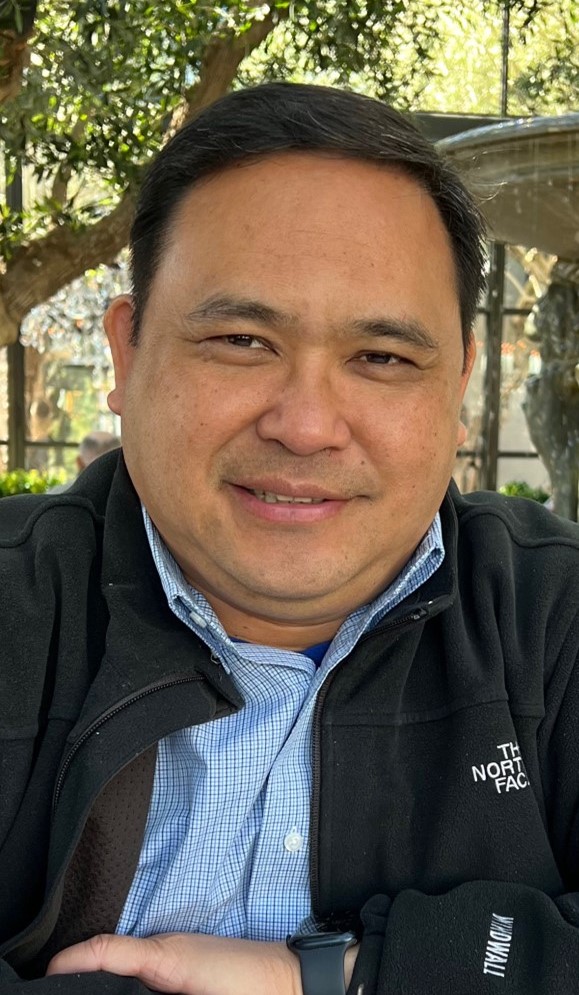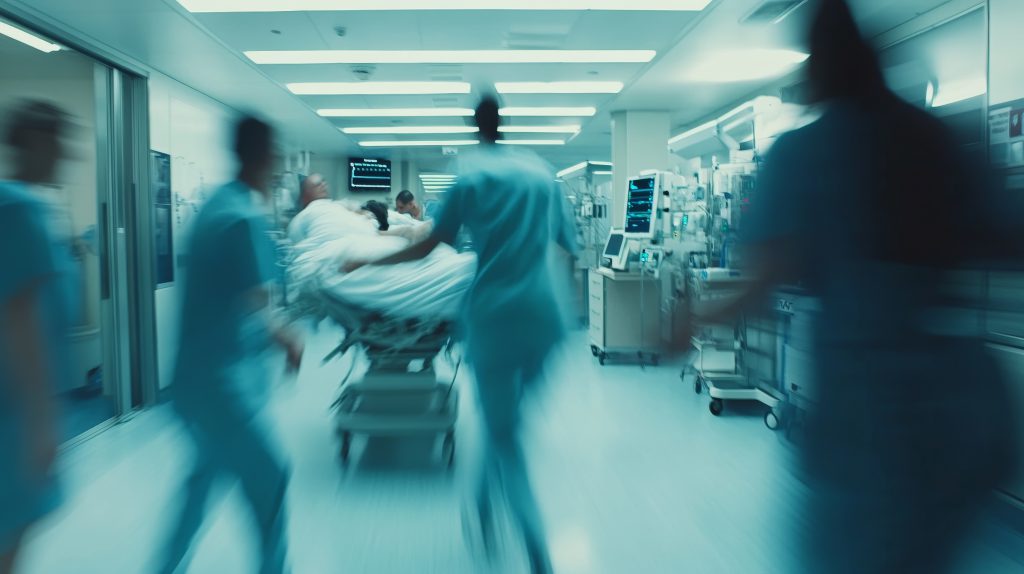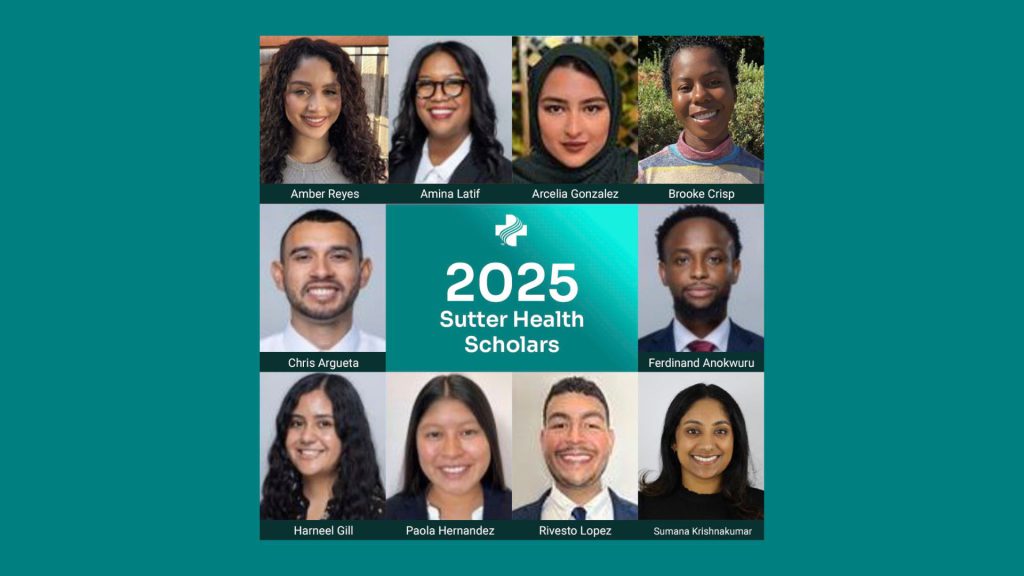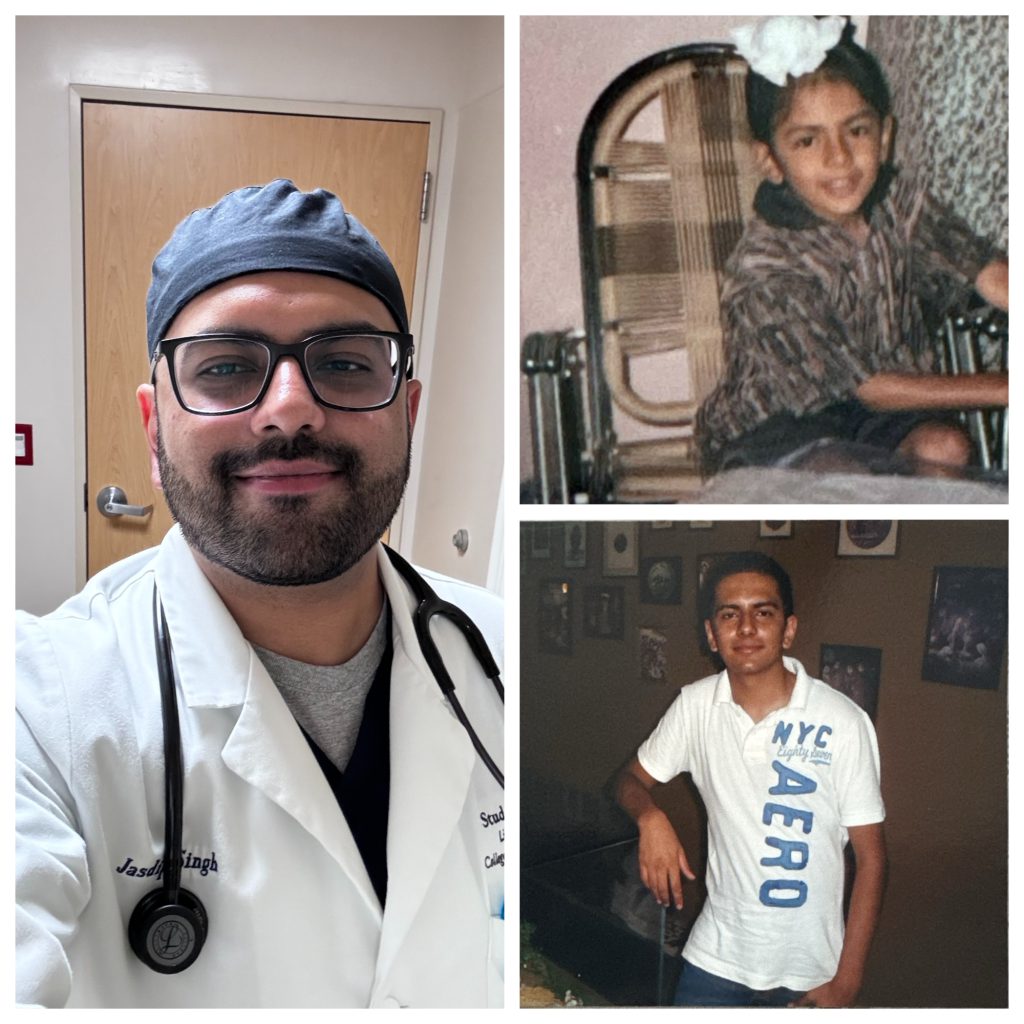At age 52, telecommunications specialist Gary Resurreccion has seen the launch of innovations from smartphones to Siri.
“But I didn’t anticipate my sixth decade of life would include one of the world’s most cutting-edge technologies: robotic surgery,” says Resurreccion.
His surgeon, Dr. Blake Read, says he was equally surprised to learn the procedure was the 50,000th robotic surgery performed at Sutter Health.
Dr. Read is among a cadre of specialists at Sutter skilled in using surgical robots. “Our organization is a recognized leader in robotic surgery, having performed 50,000 operations across multiple different service lines including gynecology, urology, general surgery and thoracic surgery,” says Dr. Michael Beneke, medical director of robotic surgery at Sutter Medical Center, Sacramento (SMCS). “Currently there are programs for the da Vinci Surgical System at 16 Sutter hospitals and ambulatory surgery centers to assist surgeons in performing minimally invasive procedures.”
Advances in robotic surgery have significantly accelerated since 1992, when the first robotic surgery worldwide to replace a man’s hip was performed at Sutter General Hospital – now known as SMCS. The procedure catalyzed a global trend toward more minimally invasive surgeries with robotics that continues today.
Resurreccion benefited from those advances after routine screening showed he had colorectal cancer. The location of Resurreccion’s tumor made it difficult to reach with traditional long-handled laparoscopic tools. So, Dr. Read used one of the latest generations of the da Vinci Surgical System to extend a camera and surgical instruments farther to remove the cancerous growth.
“This combination allows for precise dissection in parts of the body that are often otherwise inaccessible,” says Dr. Read. “The robot gives us surgeons advanced, ‘wristed’ movements of the instruments in tight and narrow spaces, along with binocular 3D visualization so we can effectively and safely remove the tumor while preserving the surrounding healthy tissue. Better precision means quicker healing and, for health concerns like cancer, less likelihood of tumor recurrence.”
Within one hour, and without any incisions on the outside of his patient’s body, Dr. Read had completed the procedure. “I went home the day after surgery feeling grateful that cancer was almost ‘uneventful’ for me,” says Resurreccion, who recovered without complications. He’s now back to work, play and time with his wife and three children.





